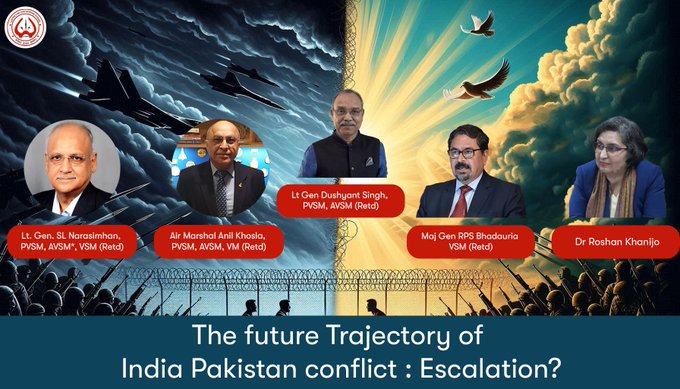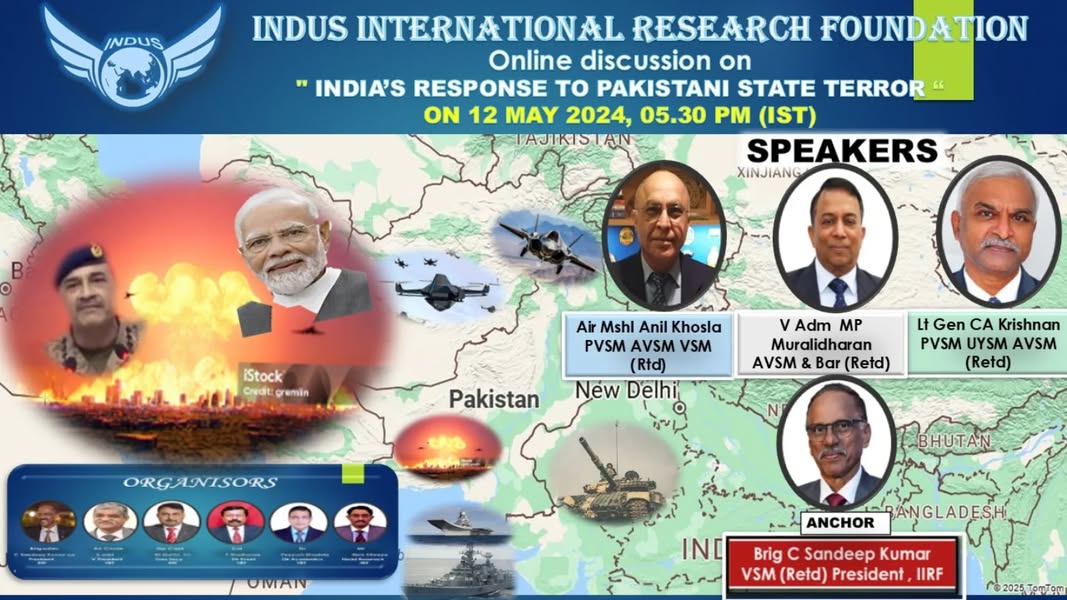CLAWS conducted a Seminar on “Operation Sindoor” on 08 May 25.
Link to the webinar:-
Please Add Value to the subject with your views and Comments.
For regular updates, please register your email here:-
References and credits
To all the online sites and channels.
Pics Courtesy: Internet
Disclaimer:
Information and data included in the blog are for educational & non-commercial purposes only and have been carefully adapted, excerpted, or edited from reliable and accurate sources. All copyrighted material belongs to respective owners and is provided only for wider dissemination.


